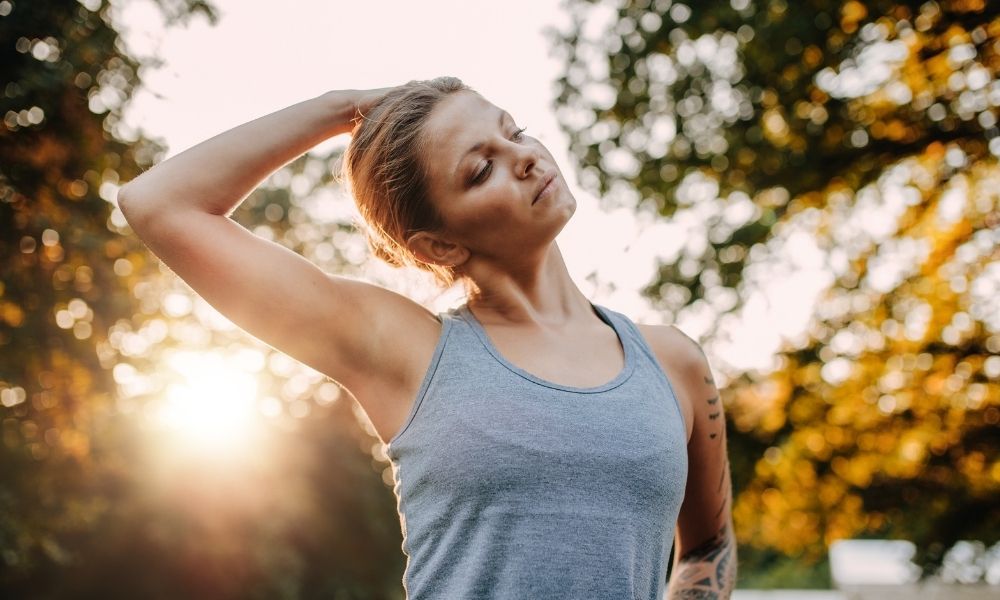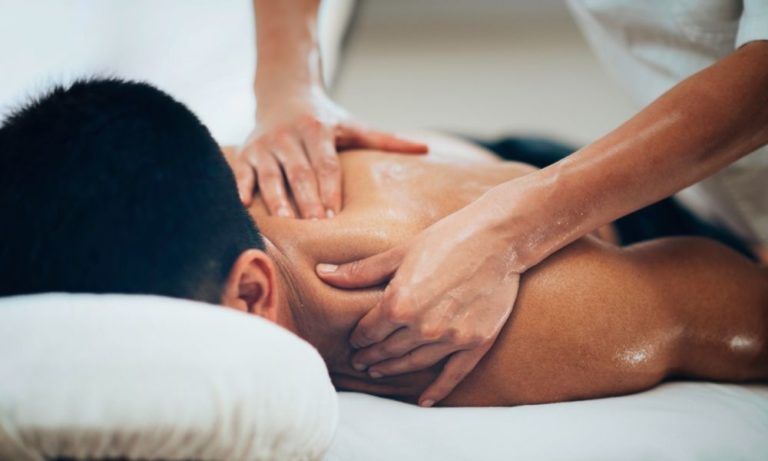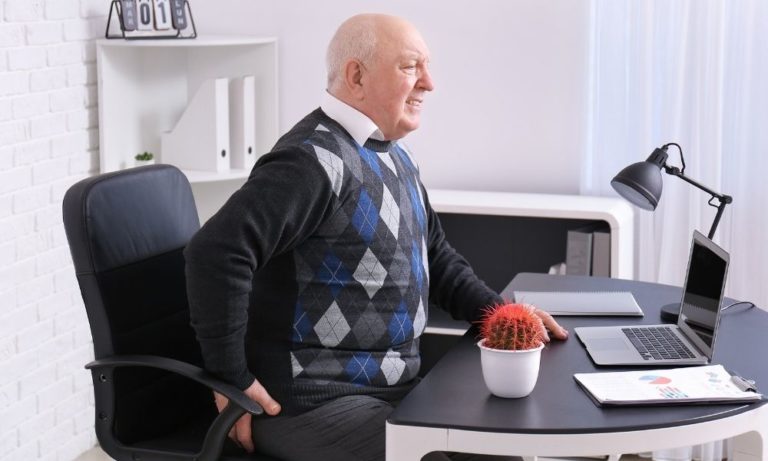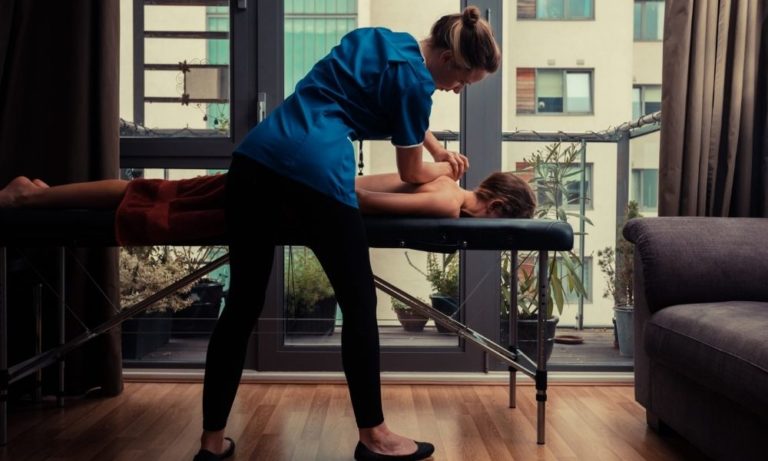Muscle Self Care: Levator Scapulae
One of the most common indicators of stress is when our shoulders creep up closer and closer to our ears. You know what I’m talking about, you’ve been sitting at the computer for hours trying to make that deadline or you’re frustrated with your coworker, spouse or child. All of a sudden you realize that your neck has disappeared!
Levator scapulae is the muscle largely responsible for elevating the scapula, also commonly referred to as the shoulder blade. What makes it such a key stress muscle is that besides attaching to the scapula it also attaches to the top four vertebrae in the neck.
A Domino Effect
There are so many various muscles that attach to the vertebrae in your neck (upper cervical vertebrae), that one stressed muscle can easily cause a domino effect. Other potentially affected muscles include:
The Anterior, Posterior and Middle Scalenes
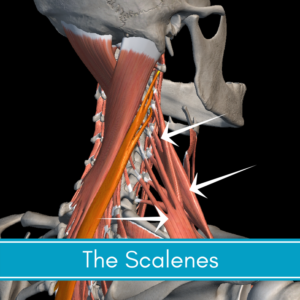
The Splenius Cervicis, Splenius Capitis, and Longissimus Cervicis

These muscles are responsible for:
- Bending the neck back to look upwards.
- Extending the head and neck.
- Rotating the head from side to side.
- Bending the neck to each side, such as when you tilt your head to one side of the body.
- The Longissimus Cervicis assists in bending the back backward, such as when you perform a slight backbend. Bending the back to either side, such as when you bend over to your right to stretch out your left side.
The Semispinalis Capitis
This muscle group is responsible for maintaining posture and for movement of the head and the vertebral column.
The Longus Capitis and Longus Colli
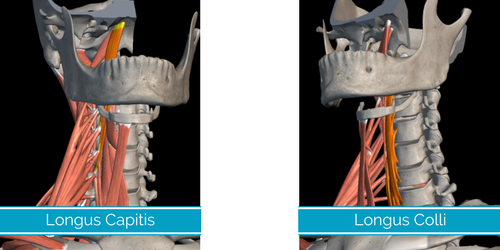
- The longus capitis is responsible for quite a bit of the mobility of the neck allowing it to twist and flex.
- The longus colli is responsible neck flexion and neck rotation. It is also used for combining neck flexion and rotation, allows a person to turn their head to the side while their neck is bent forward.
The Interspinales Cervicis
- The interspinal muscles consist of six pairs. They are responsible for extension, flexion, and rotation of vertebral column.
In Simple Terms
So many muscles in such a small area and they’re all so inseparably connected!
When you are complaining about a sore neck you use words like, “My neck hurts!” and not “My longissimus cervicis hurts!”
In simple terms, strained levator scapulae can manifest itself through discomfort in other areas that control the movement of the head and neck.
Avoid Stressing the Levator Scapulae
The best thing you can do to avoid stressing the levator scapulae is to be conscientious of your shoulders in relation to your ears. Keep your neck long! In addition, gentle neck stretches leaning forward and to the sides while taking deep deliberate breaths help relieve temporary stress. Massaging the upper cervicals on either side can also be very beneficial.
While these self-care tips can be used on a daily basis, they are no substitute for regular professional treatments and massage protocols.

